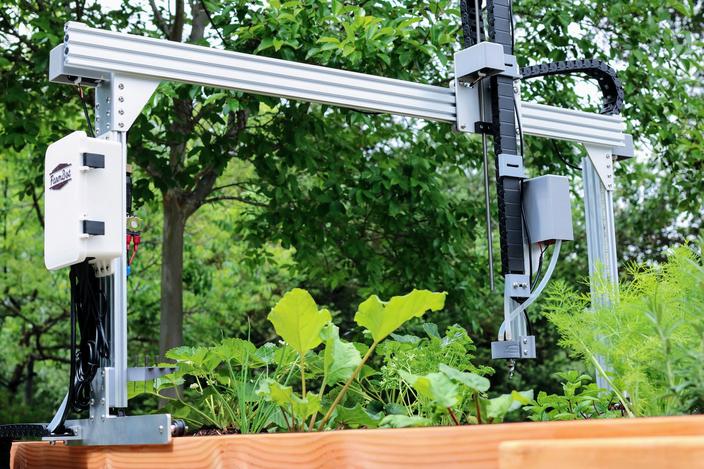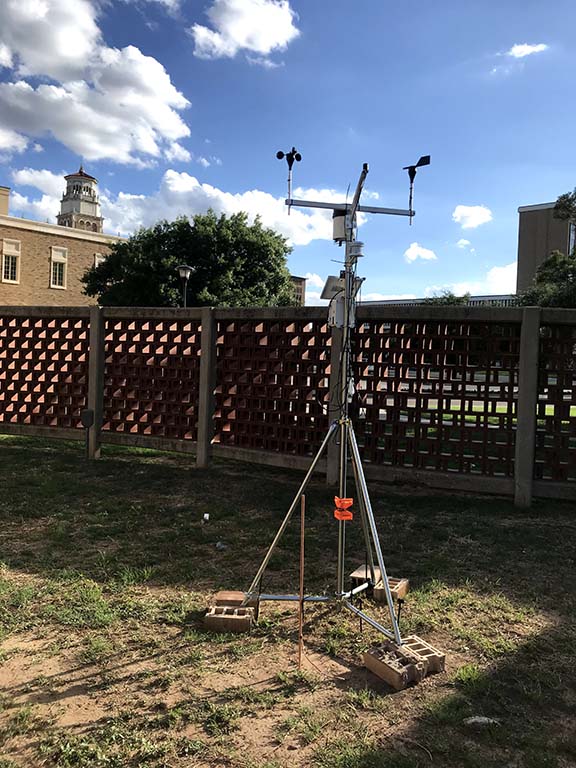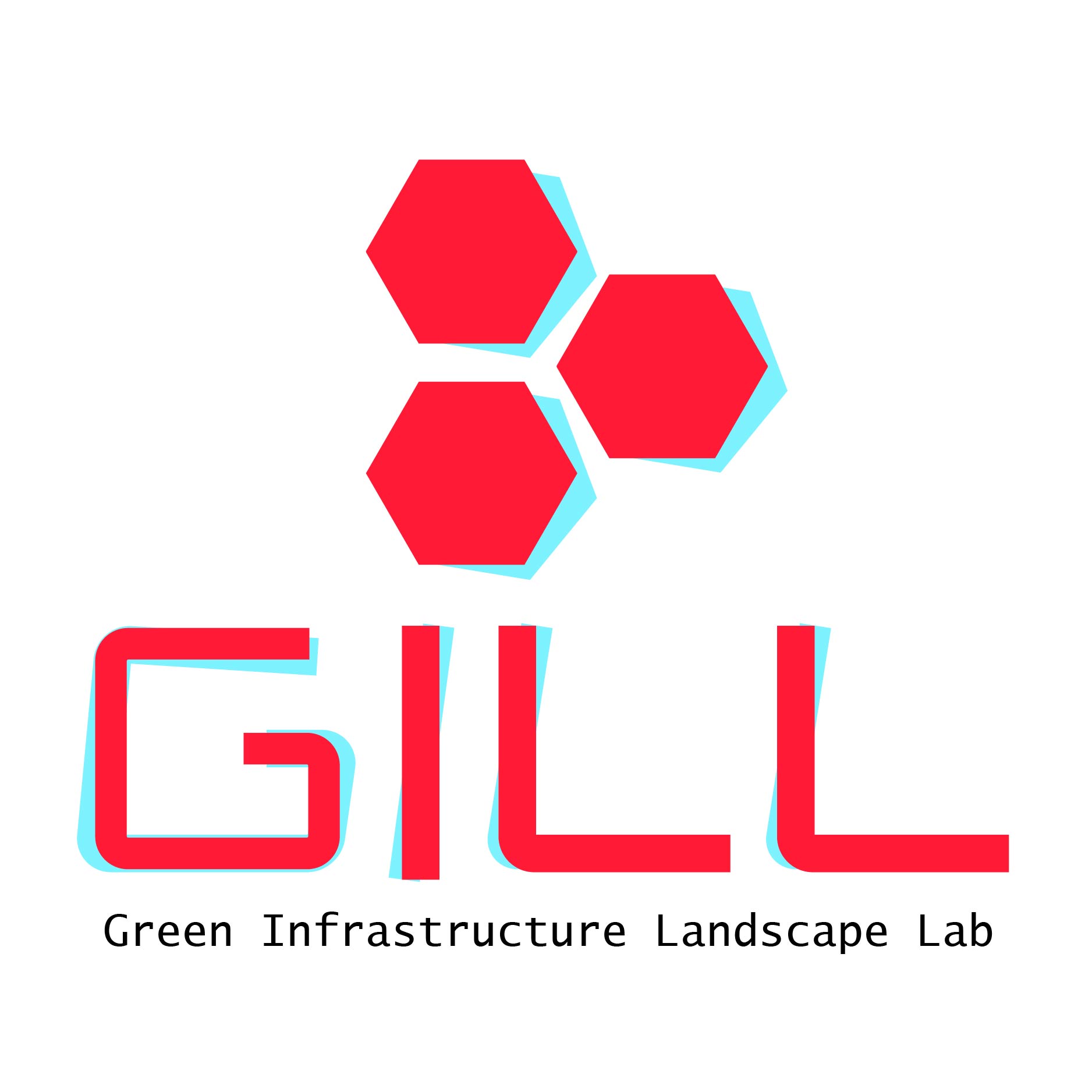DoLA
>
GILL
DoLA’s Green Infrastructure Landscape Lab (GILL) is focused on developing and evaluating
innovations in sustainable urban water management at multiple scales—from the gutter
to the watershed. We employ evidence-based design processes to inform the design of
various nature-based interventions for watershed health in semi-arid environments.
Students working with the GILL lab have opportunities to combine creative design skills
with the rigorous methods of science and consider how site-scale insights can be upscaled
to city-wide impacts. Students also build their capacity for design research by participating
in various lab and field-based water quality monitoring, computer simulations of urban
hydrology and GI performance using the latest modeling tools and get their hands dirty
with real-world pilot-scale green infrastructure interventions in partnership with
local stakeholders.
Prospective students interested in joining GILL research are encouraged to inquire
about the accredited BLA and MLA programs offered by DoLA.
Outdoor Lab
The GILL outdoor lab includes a semi-controlled split design experimental bio retention cell. It is intended to test and evaluate the water quality performance of various plant palettes and substrates suitable for use and replication in semi-arid climates.
Tools:
Farmbot Genesis XL 
Our outdoor lab is equipped with two Farmbot Genesis XL units. This cutting-edge, open-source technology offers the latest in computer-aided precision planting, weeding, watering, and imaging. We will use these in conjunction with our experimental plots to allow more precision in a semi-controlled field setting.
NeuLog biometric sensors
Biometric sensors attach to the human body to evaluate a range of real-time data including
heart rate, pulse, and galvanic skin response (GSR). We use these sensors in conjunction
with visual or other stimuli to better understand human perceptions to simulated landscape
conditions before they are built.
Onset HOBO field monitoring station
 Allows for precise, real-time monitoring of various local environmental conditions
(such as rainfall, soil moisture, wind speed, etc.) without the need for on-site power
or data cables (GSM/Cloud-based data transfer).
Allows for precise, real-time monitoring of various local environmental conditions
(such as rainfall, soil moisture, wind speed, etc.) without the need for on-site power
or data cables (GSM/Cloud-based data transfer).
Our current setup of monitoring the following parameters:
-Precipitation
-Soil Moisture
-Solar Radiation
-Wind speed
-Wind Direction
-Temperature + Relative Humidity
YSI Water quality monitoring
One of the goals of green infrastructure is to mitigate the negative environmental impacts of surface water pollution in and around our cities. We utilize a range of water sampling and monitoring equipment to assess the water quality of local streams, lakes, and rivers.
The lab is equipped to measure the following parameters:
-pH
-Nitrogen
-BOD
Hydrological Modeling
GILL utilizes a range of cutting-edge hydrological modeling software to create computer simulations of surface water phenomena. This tool allows designers to better understand environmental challenges and consider the potential impacts of their interventions.
Construction & Maintenance tools
We have sets of heavy-duty power tools for construction and maintenance of the outdoor lab. These tools were used to make the outdoor lab by us making the lab an efficient one and creates opportunity for learning construction works in a safe environment.
Research:
Assessing Green Infrastructure performance in semi-arid environments
Provisional Green Infrastructure for Megacity watersheds (Global South context)
Evaluating the perception and performance of novel ecosystems in urban environments
Publications:
Phillips, D., & Jamwal, P. (under review). Assessing performance of local substrates
for treatment of dry weather flows in open drains: Results of a pilot study in Bangalore,
India. Ecological Engineering.
Phillips, D., et al. (under review). Assessing catchment-scale performance of in-stream
Green Infrastructure interventions using SWMM-based TOPSIS. Landscape and Urban Planning.
Phillips, D., & Lindquist, M. (2021). Informal diffusion of green infrastructure innovations
in Indian megacities: perspectives from innovators and potential future adopters.
Urban Water Journal, 1–18.
Phillips, D., & Lindquist, M. (2021). Just weeds? Comparing assessed and perceived
biodiversity of urban spontaneous vegetation in informal greenspaces in the context
of two American legacy cities. Urban Forestry & Urban Greening, 127151.
Phillips, D., Jamwal, P., & Biswas, D. (2020). “Provisional Green Infrastructure:
Trans-disciplinary approaches to address contamination in urban streams.” Water Science
and Technology: A Journal of the International Association on Water Pollution Research.
Landscape Architecture
-
Address
2904 15th Street, Lubbock, TX 79409 -
Phone
806.742.2858 -
Email
larc.admin@ttu.edu

